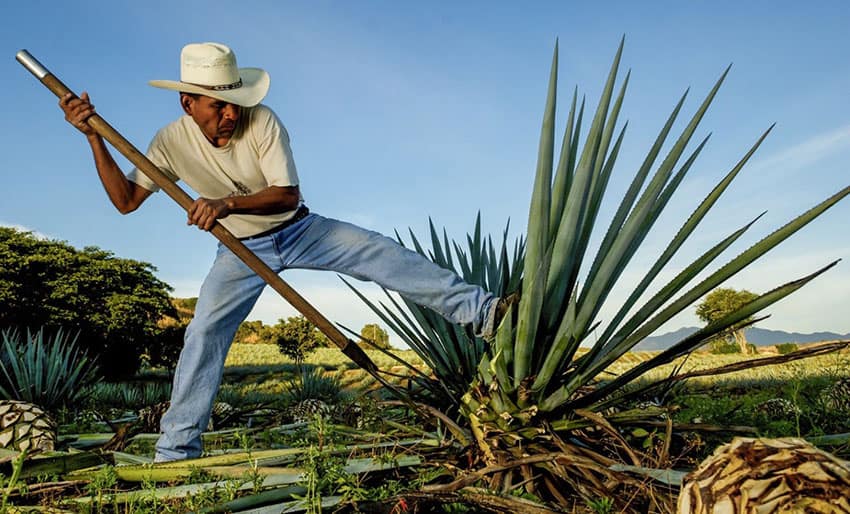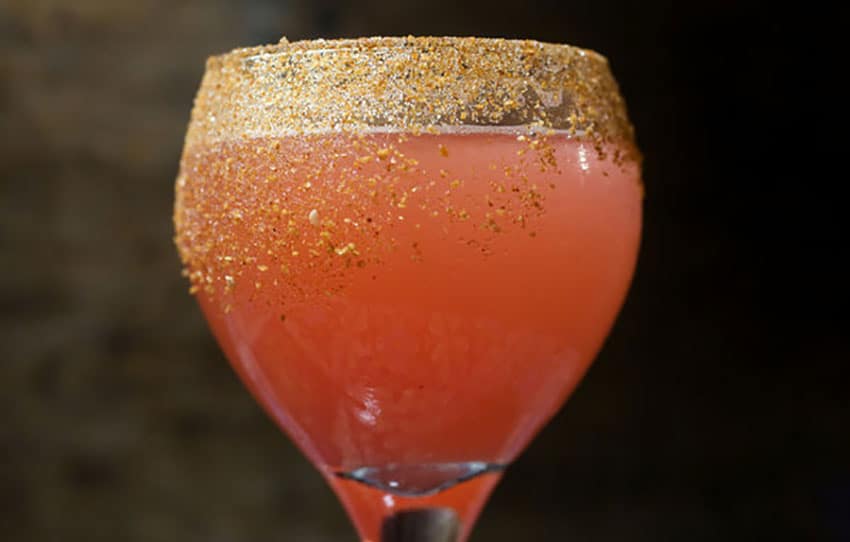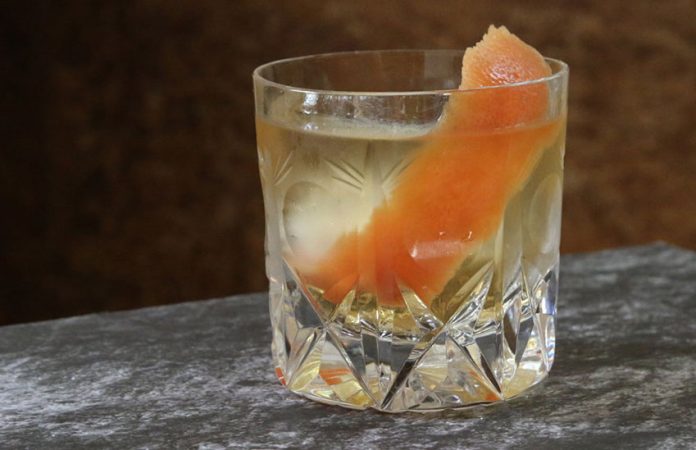On the cusp of New Year’s Eve, this column had to be about mezcal.
Often described as tequila’s smoky-tasting cousin, mezcal’s flavor is actually much more complex and often surprising. Like wine, the specific type of agave, where the plants are grown, how they’re harvested, fermented and processed, all these factors result in completely different flavor components.
Mezcal labels are detailed, and at the very least should carry the variety or varieties of agave used, the state or region where it was grown and the name of the mezcalero who made it. The best will come from Oaxaca, known as the home of mezcal.
While mezcal can be made from over 30 different types of agave, the Mexican government has decreed it must originate in the states of Durango, Guerrero, Guanajuato, Michoacán, Oaxaca, Puebla, San Luis Potosí, Tamaulipas or Zacatecas. Much like champagne, pizza and Parmigiano-Reggiano, these government-regulated denomination of origin ensures the integrity of the product.
What’s unfortunate, though, is that smaller mezcaleros, especially in Oaxaca, find themselves in a situation like small growers everywhere: they can’t afford the 40,000-50,000-peso cost for certification, registration, inspections and taxes necessary for licensing, and end up struggling to make a living by selling the artisanal mezcal that may have been made in their family or village for generations.

“It’s hard to find beautifully handmade spirits,” says Lou Bank, co-founder of SACRED, a not-for-profit organization that uses education, advocacy and fundraising to increase awareness about mezcal and those who make it. “There’s care and intention to them. There’s a heartbeat to it that isn’t in spirits that are industrially made.”
There are an increasing number of grassroots groups and cooperatives dedicated to marketing real mezcal. Before you buy, do your homework!
So how is mezcal different from tequila? Tequila is a type of mezcal, but mezcal is not usually tequila. Both are made from the cooked, fermented piñas, or hearts, of the agave plant, but that’s where the similarity ends.
For mezcal, the piñas are smoked and baked in large underground pits lined with brick or rock, turning the starch into sugar, and then fermented with wild yeast; tequila is made from one specific type of agave, steamed in ovens and processed differently.
Another thing people wonder is why mezcal (and better tequilas) are so expensive. Some small growers produce only a limited number of liters per year, like certain wines. And the plant itself takes a minimum of four years to mature (most take a decade) and be ready to be made into mezcal. The older the plant, the more complex the flavors and aromas will be; distillers like to say that “mezcal tastes like time.”
While mezcal aficionados advise sipping slowly to fully enjoy the natural complexities of the beverage, it’s also a versatile base for a multitude of cocktails. The easiest is to mix just about any mezcal with grapefruit soda or plain seltzer, preferably one with a high mineral and/or salt content, like Topo Chico.

Watermelon Sugar
Joven mezcals are young mezcals – clear or very lightly colored – that haven’t been aged.
- 1 tsp. kosher salt
- 1 tsp. superfine sugar
- ¼ tsp. cayenne
- Two 1-inch cubes watermelon
- ¾ oz. simple syrup
- ¾ oz. fresh lime juice
- ½ oz. joven mezcal
- 1½ oz. blanco tequila
On a small plate, mix salt, sugar and cayenne and use to rim a medium cocktail glass. In a cocktail shaker, crush watermelon with a muddler or long-handled spoon. Half fill the shaker with ice and vigorously shake the watermelon, syrup, lime juice, mezcal and tequila. Strain into glass and serve. –The New York Times
La Canadiense
The rich smoky flavors of the whisky and mezcal pack a double delicious whammy that’s complemented perfectly by the maple syrup.
- 2 oz.Canadian whiskey
- 1 oz. joven mezcal
- ½ oz. maple syrup
- Dash apple bitters
- Dash old-fashioned bitters
- Orange peel from 1/2 orange
In a small pitcher, stir together whiskey, mezcal, maple syrup and bitters. Add peel and muddle. Pour over rocks in a double old-fashioned glass. –The New York Times
Orange Maria
Look for an espadin mezcal with honeyed, smoky flavors to make this fresh take on a hangover cure.
- 2 oz. mezcal
- Fresh carrot juice
- Ginger beer
- Fresh orange juice
Fill a Collins glass with ice and add the mezcal. Fill the glass about 3/4 of the way with carrot juice. Top with ginger beer, a splash of orange juice and stir to combine. Garnish with a crispy pork rind, lime peel or ginger twist. –Imbibe Magazine
Spicy Paloma
Exactly what it says it is, with a yummy mix of hot and sweet flavors.
- 1-3 thin slices jalapeño pepper
- 1½ ounces of mezcal
- 2 ounces of fresh grapefruit juice
- ½ ounce of agave or simple syrup
- Dash of Angostura bitters, if available
- Club soda
In the bottom of a cocktail shaker, muddle jalapeño. Add mezcal, grapefruit juice, and agave or simple syrup. Add bitters if desired and lots of ice. Shake together and double-strain into a tall glass over fresh ice. Add 2 oz. of club soda. Garnish with a jalapeño ring. –Food & Wine magazine
They Didn’t Burn Rome in a Day
A little more complicated to make but well worth the effort. If you must substitute canned pineapple, be sure it’s unsweetened.
- ¼ ripe pineapple, peeled, cored and chopped
- 1 tsp. honey
- 1½ tsp. pink peppercorns, crushed in a mortar
- 4 oz. reposado mezcal
- 6 dashes chile-flavored bitters, preferably habanero
- ½ oz. fresh lime juice
Purée pineapple in a food processor or blender. Force purée through a fine strainer. You should have a half-cup of juice. Place in a large cocktail shaker with honey and all but a couple of pinches of the peppercorns. Add mezcal, bitters and lime juice. Add ice, shake and strain over ice into double rocks glasses. Dust with reserved pink peppercorns. Makes 2 cocktails. –The New York Times
Janet Blaser of Mazatlán, Sinaloa, has been a writer, editor and storyteller her entire life, and feels fortunate to write about great food, amazing places, fascinating people and unique events. Her work has appeared in numerous travel and expat publications as well as newspapers and magazines. Her first book, Why We Left: An Anthology of American Women Expats, is available on Amazon. Contact Janet or read her blog at whyweleftamerica.com.
